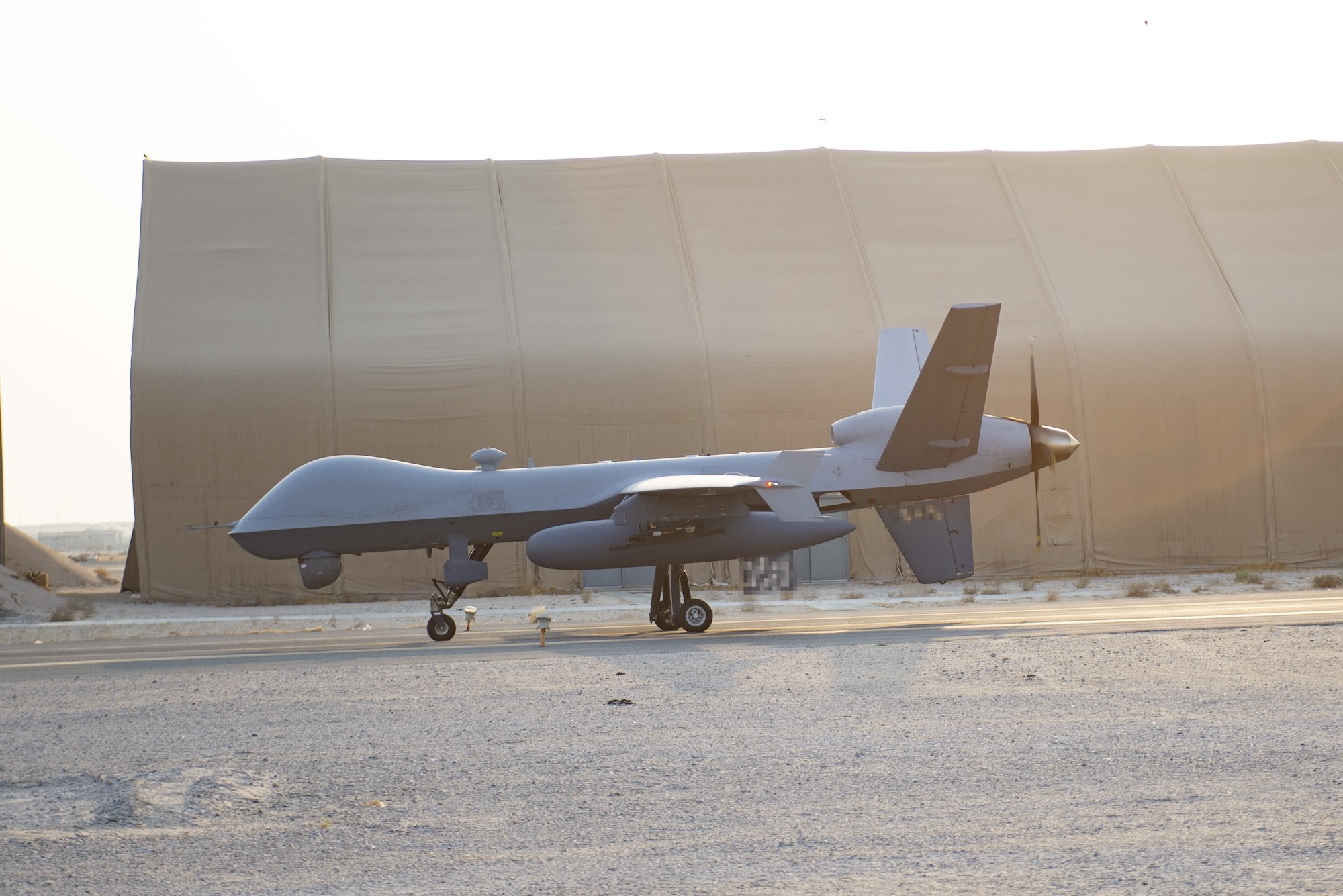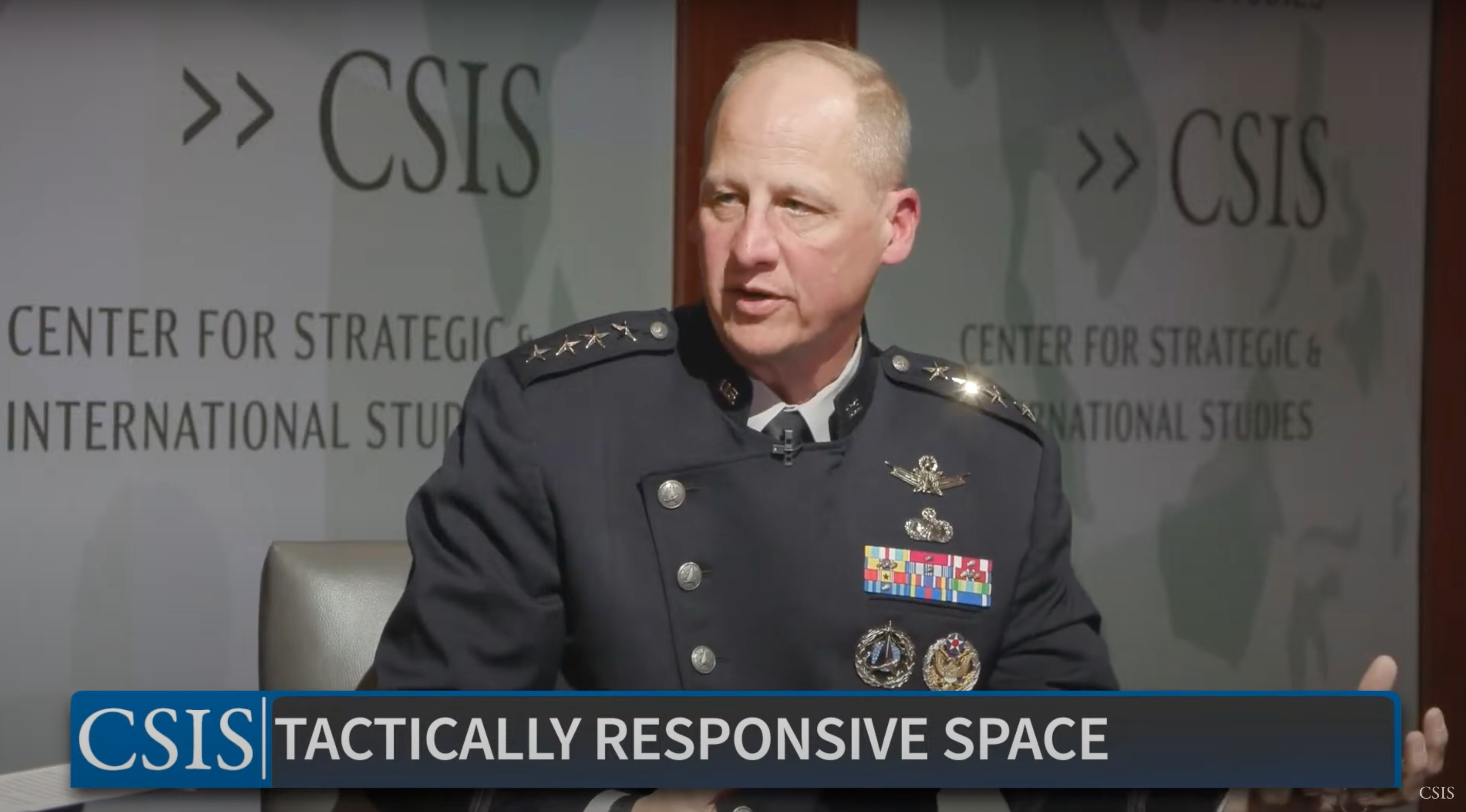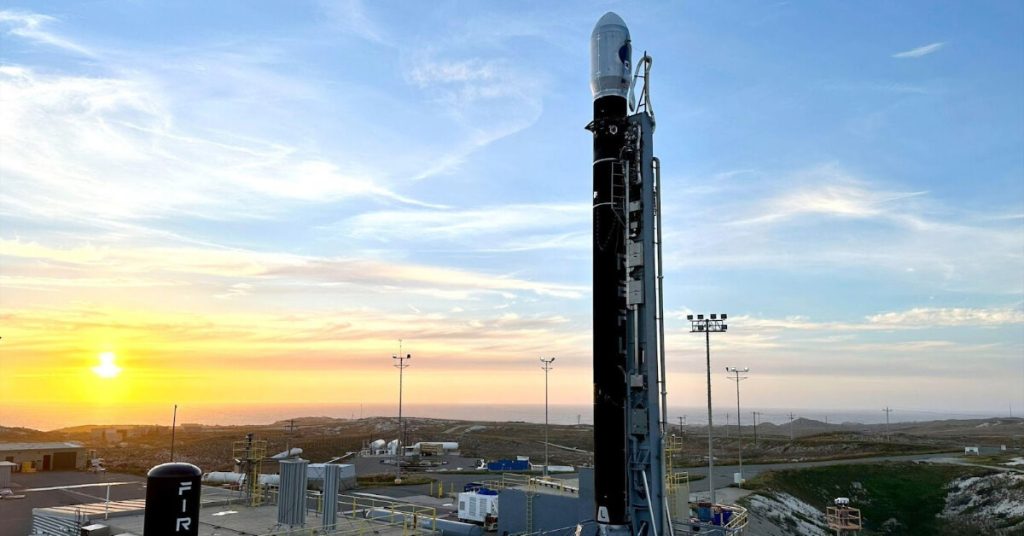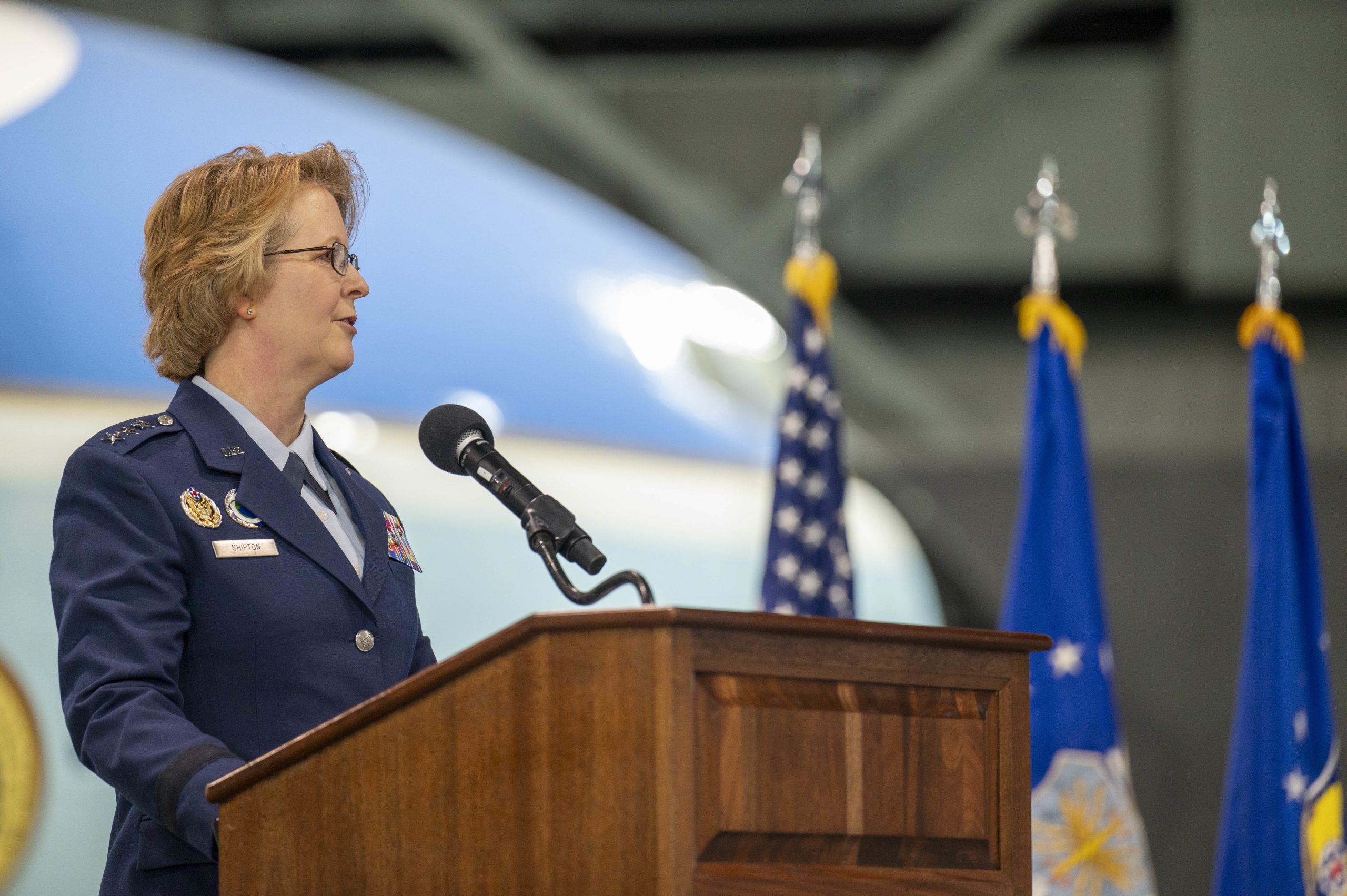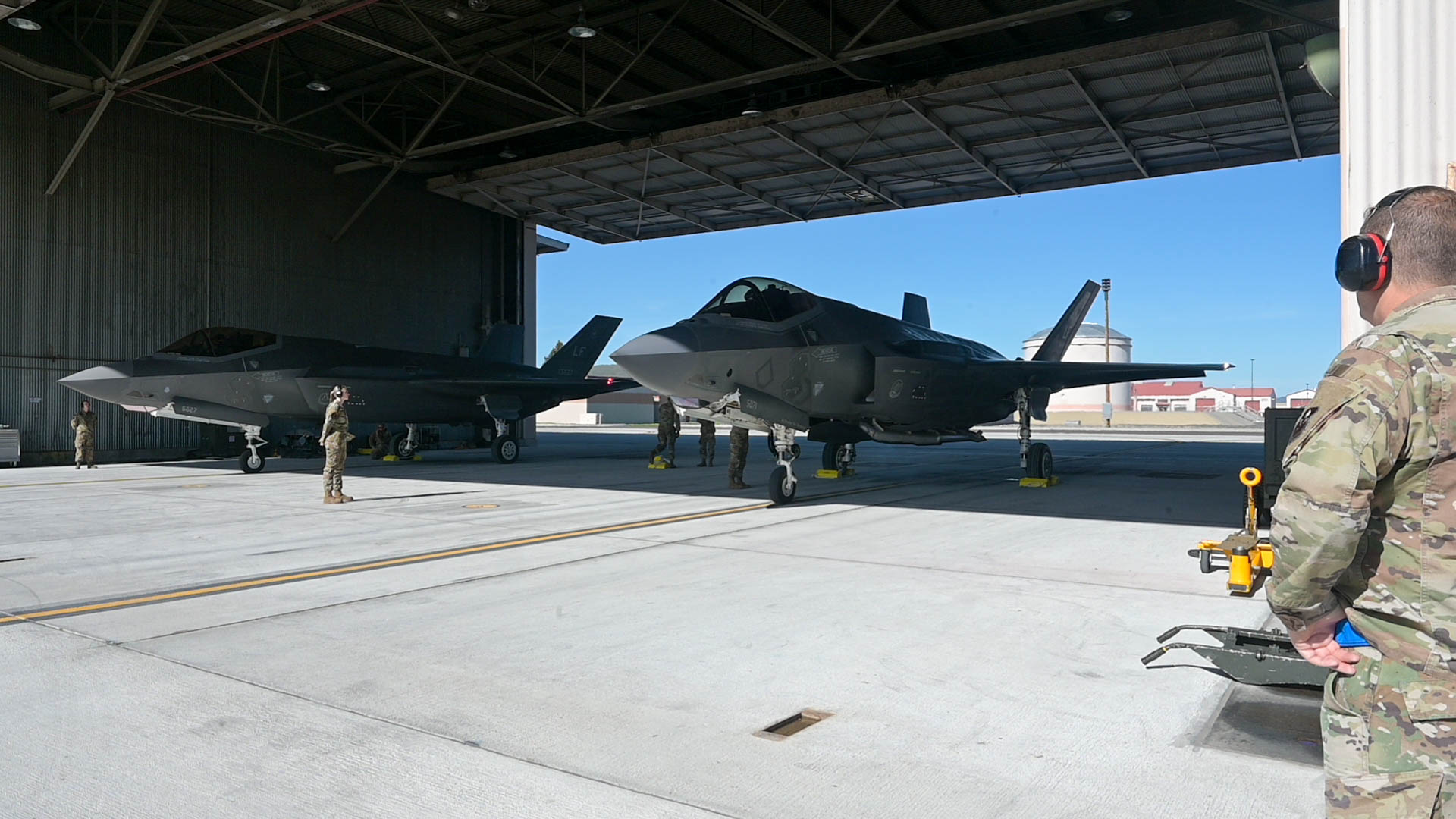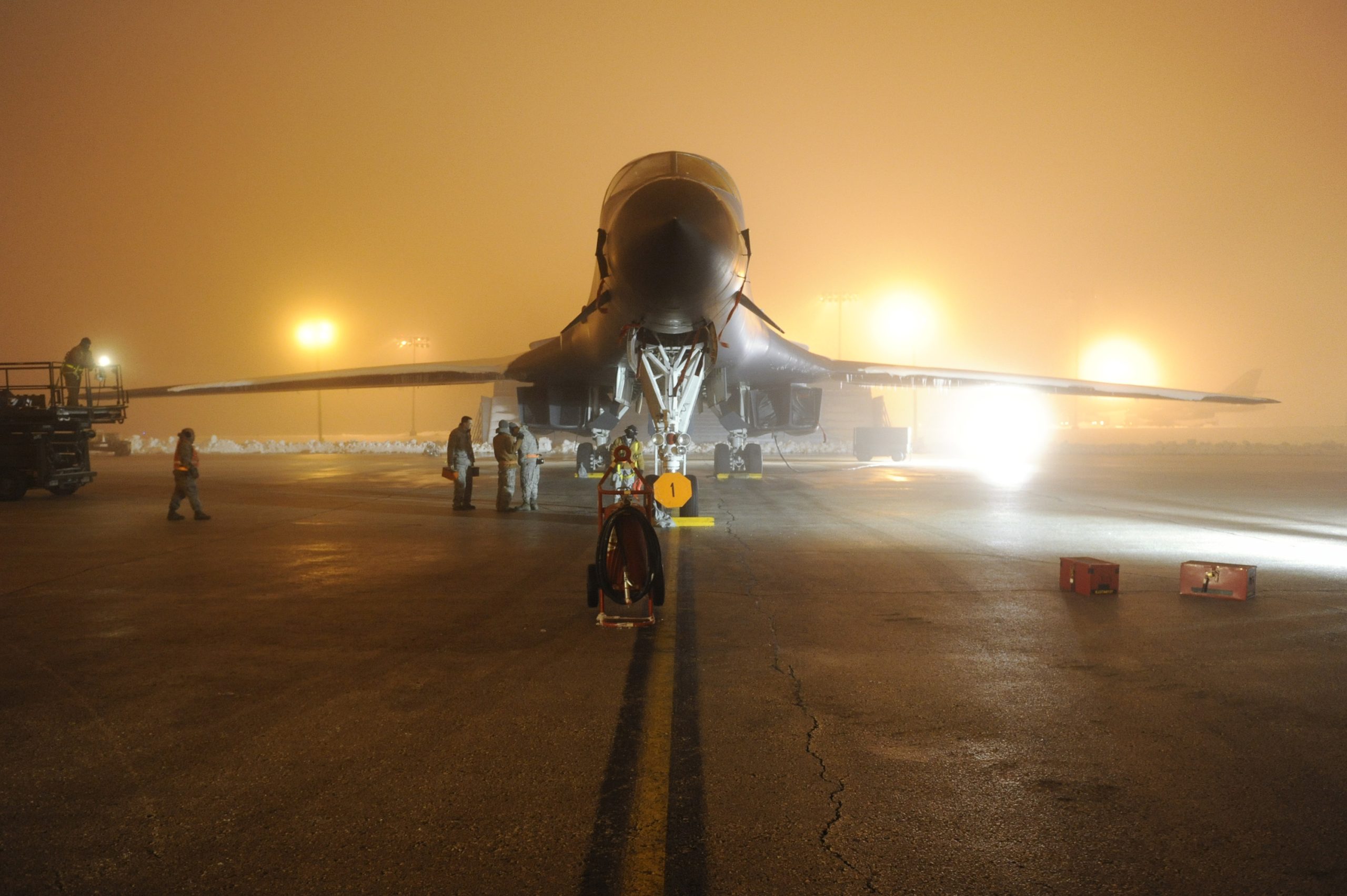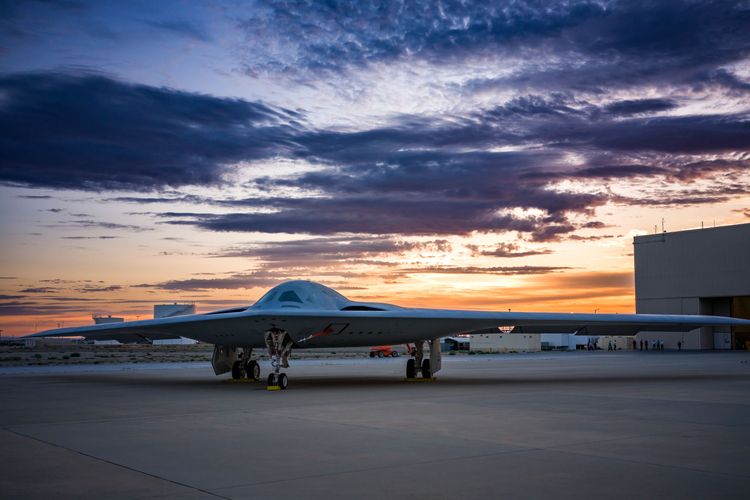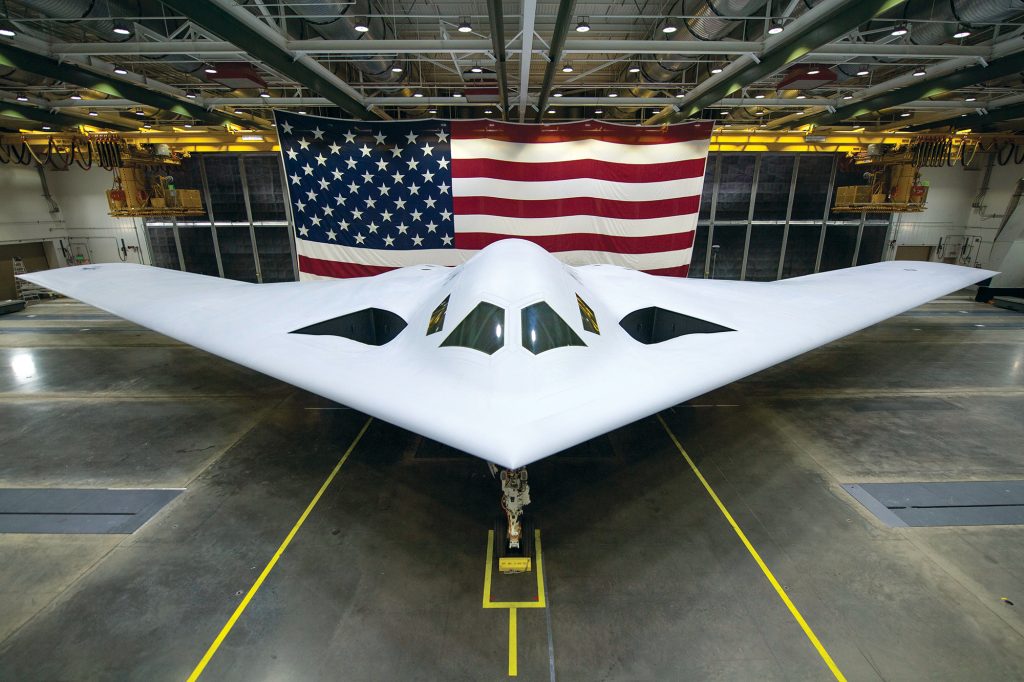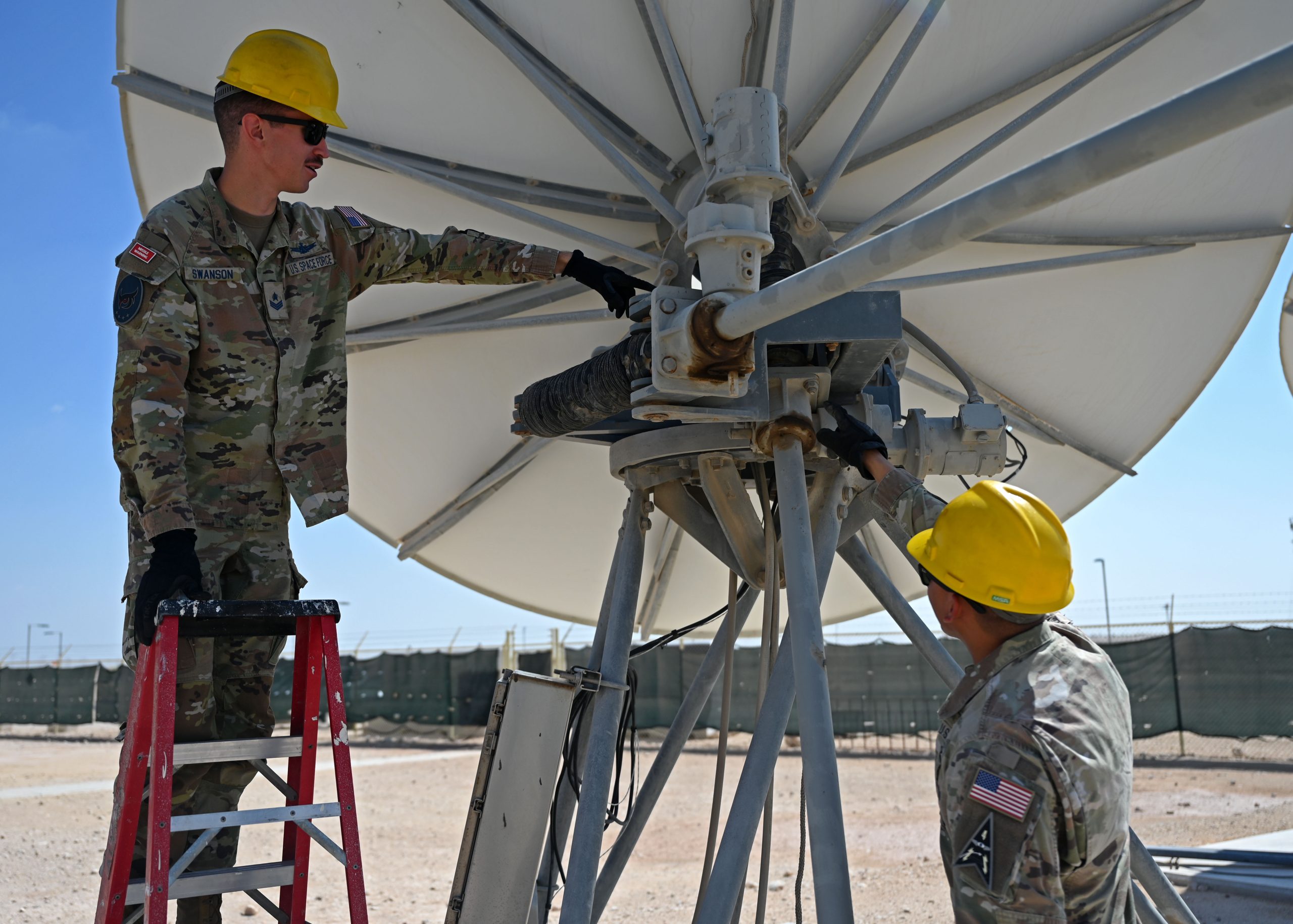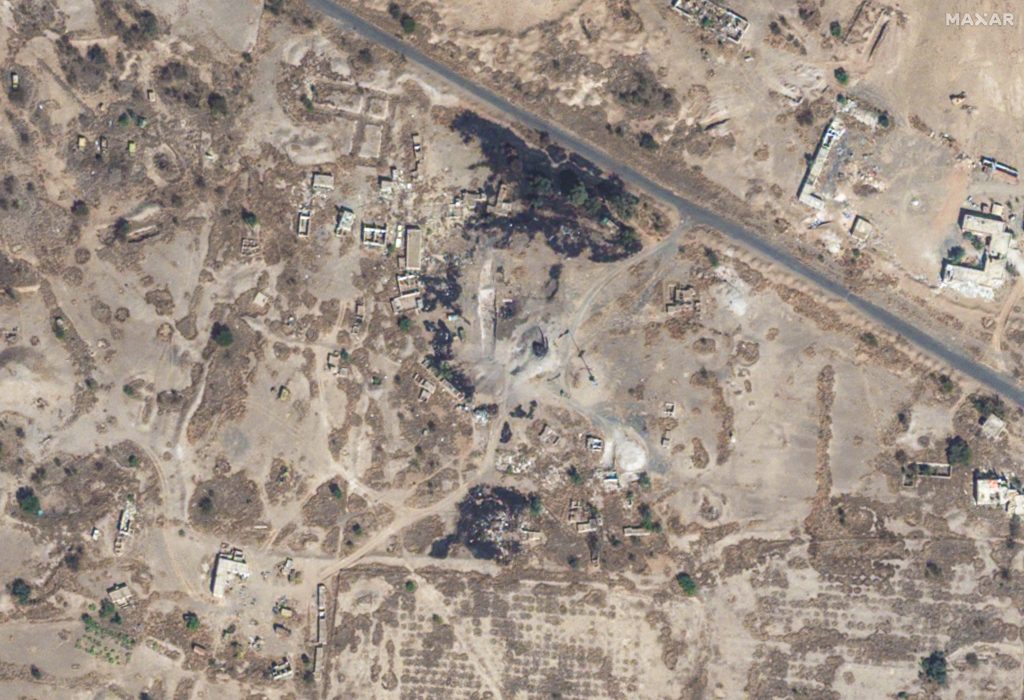An American MQ-9 Reaper drone crashed in northern Iraq on Jan. 18, as the U.S. continues to fend off attacks from Iran-backed militias, U.S. officials told Air & Space Forces Magazine.
The U.S. Air Force MQ-9 was likely downed by an Iranian-provided surface-to-air missile fired by an Iranian-affiliated Iraqi group, U.S. officials said. The MQ-9 was supporting Operation Inherent Resolve, the anti-ISIS mission, a senior U.S. military official added.
The drone crashed near the Balad Air Base and was recovered by Iraqi Security Forces.
The Islamic Resistance in Iraq, an umbrella group of Iraqi militias supported by Tehran, claimed that it shot down the MQ-9 over Diyala Province after it took off from Ali Al-Salem Air Base in Kuwait.
The resistance group said that it downed the aircraft using a surface-to-air missile and displayed photos of aircraft debris. One image showed winglets that appeared similar to those on the roughly $30 million MQ-9, while another showed a possible external fuel tank.
An investigation into the cause of the crash is underway, U.S. officials said. It is unclear if the U.S. has regained possession of the MQ-9 yet. “There were no injuries reported,” a defense official said.
Michael Knights of the Washington Institute for Near East Policy said Iranian-backed Iraqi militias in that area of Iraq have Iranian-made “358” surface-to-air missiles.
This is the second time that a MQ-9 has been lost in recent months. In November, a Reaper was shot down off the coast of Yemen by the Houthis. The U.S. has lost three MQ-9s over the past year. In addition to the drones lost over Iraq and near Yemen, an MQ-9 crashed into the Black Sea last March after a Russian fighter struck its propeller. Two more MQ-9s were damaged over Syria in July when Russian fighters burned them by releasing flares.
On Jan. 4, the U.S. conducted a rare drone strike in Baghdad that killed a leader of an Iranian-backed militia in an effort to deter further attacks on American forces in Iraq and Syria.
The militias, however, have continued their attacks against U.S. troops in Syria and Iraq. As of Jan. 18, the militias have carried out at least 140 attacks, according to the Pentagon. Of these, 57 took place in Iraq and 83 were in Syria.
